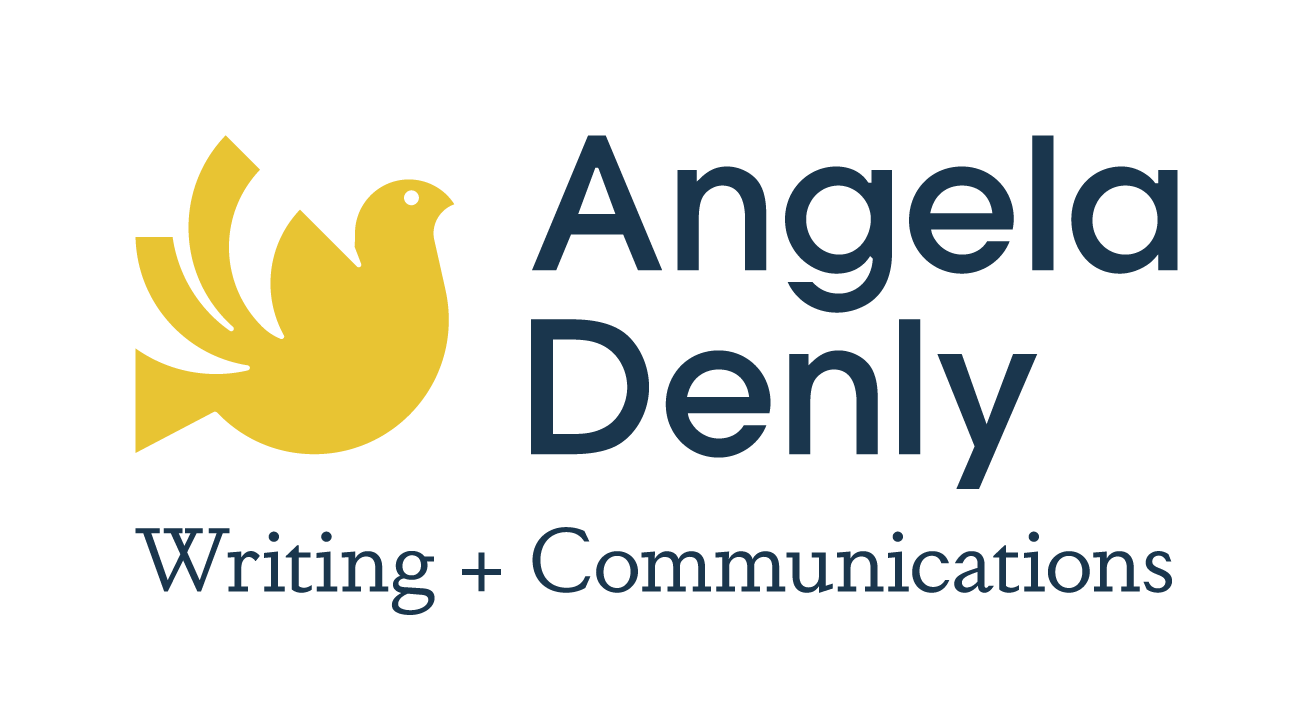19 Aug Getting an edge with focused content strategy
Book review: Content strategy for the web
As a solo practitioner, taking responsibility for your own learning is vital. And one thing that I’ve been keen to learn more about so that I can serve my clients better is content strategy. After asking the brains trust of my online copywriting community, there was a glowing recommendation for Content Strategy for the Web by Kristina Halvorson and Melissa Rach.
According to Halvorson and Rach, ‘content strategy guides your plans for the creation, delivery and governance of content.’ So in other words, what you are creating, what medium you will use, and how you will manage and update that information on an ongoing basis.

This content strategy is hard work!
So what makes good content?
Halvorson and Rach say that good content should engage, inform, be well-written and be intuitively organised. There’s no point in having great content if no-one can find it, or if the message is hidden among indecipherable jargon. Each piece of content should also have a specific job. These could include to:
- Persuade
- Inform
- Validate
- Instruct
- Entertain
Planning good content involves determining the goal for a particular piece of content; what information it needs to include and where to source that information; what workflow needs to be planned – like who will produce the content, who will approve it, and who will be responsible for keeping it updated if necessary; and what governance around the lifecycle for a piece of content needs to be planned for – like an updating schedule or removing content safely when its role has been fulfilled.
[ctt title=”Do you know what makes for good content strategy? #contentstrategy #bookreview” tweet=”Do you know what makes for good content strategy? #contentstrategy #bookreview via @angeladenly http://ctt.ec/498Xx+” coverup=”498Xx”]
Tips on auditing content
As well as advice on how to plan new content, the book includes helpful tips on getting to grips with what content already exists. Through a structured approach to conducting a content audit, business owners or those responsible for content can determine how much content currently exists, where it lives, what topics have been covered to date, and is the content of good quality. Some of the qualitative factors that the authors recommend to assess content include:
- Usability
- Findability
- Accuracy
- Message
- Brand appropriateness
These factors, assessed against internal and external factors, can help to create an action plan for reviewing, updating, eliminating and creating content.
Who would this book help?
I think Content Strategy for the Web would obviously be a useful read for copywriters, information architects and web developers. As it is also an easy read – only a couple of hundred pages and set out in a very clear and easy to understand structure – it would also be a valuable resource if you are a small business owner who is DIYing a website, or if you are using web developers or a copywriter and want to make sure that you understand the terminology and are getting the right advice.
Do you need help with your content strategy?
I can do a comprehensive content audit for your website (and other channels upon request) and provide you with a clear and achievable action plan to help your business get the results you desire. To find out more or to get a no-obligation quote, contact me today to discuss your needs.

